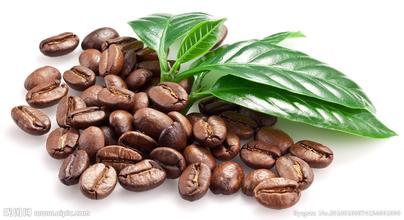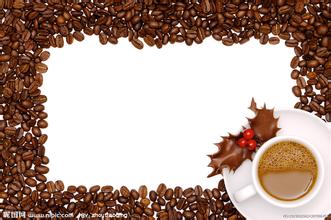Guatemalan Coffee Bean grading Guatemala Coffee Flavor characteristics describe Guatemalan Coffee Story
Introduction to the regional treatment method for the description of graded flavor of Guatemalan coffee beans
The rating of Central American coffee is based on the altitude at which the coffee grows.
Mexico, Honduras, Haiti and other countries are rated at a high level.
Strictly High Grown (SHG), followed by High Grown (HG)
Mexico is called Altura, which means high in Spanish, which means high-altitude coffee; Papua New Guinea adds the name "Mile High" to mark coffee beans grown in the highlands and mountains.
On the other hand, in the alpine area, due to the cold climate, the coffee grows slowly, the density of raw beans is higher, the texture is harder, the more mellow and aromatic the coffee is, and it has a supple sour taste; on the other hand, in lower areas, the density of raw beans is lower, the texture is less hard, the quality of coffee is worse, so some people grade it according to hardness.
Guatemalan coffee, Costa Rican coffee, Savaldo coffee, etc.
The higher the altitude of Guatemala coffee bean producing area, the better the quality of coffee. Because of the low altitude and hot climate, coffee trees grow faster and absorb less soil nutrients, so the taste of coffee is poor.
Guatemala coffee bean classification: grow 1375-1524 meters is the extremely hard beans (SHB); grow in 915-1375 meters is the high hard beans (GHB); grow in 610-915 meters called hard beans (HB); grow in 300 meters of 1000 meters called Pacific grade (Pacific) Hawaiian Kona coffee beans are divided into Type1 and Type2 two categories, Type1 is flat beans, Type2 is round beans. Under the two levels, it is divided into several levels according to the size and the number of defective beans.
Colombian coffee is divided into three grades: Supremo, Excelso and Extra. Supremo is the highest level, and Excelso is a mixture of Supremo and Extra.

Important Notice :
前街咖啡 FrontStreet Coffee has moved to new addredd:
FrontStreet Coffee Address: 315,Donghua East Road,GuangZhou
Tel:020 38364473
- Prev

Flavor description of Colombian Ramon Coffee Bean introduction to the production area of Grinding scale varieties
Colombia Ramon coffee beans flavor description grinding scale varieties of Colombia is rich in products, especially coffee, flowers, gold and emeralds are known as the four treasures. In 1808, a priest introduced coffee to Colombia for the first time from the French Antilles via Venezuela. Today, the country is the second largest coffee producer after Brazil and the largest Arabica coffee in the world
- Next

Flavor description of Yejia Coffee Coffee introduction of Variety producing areas by Manor treatment
Yega Snow Coffee Flavor description Taste Manor treatment Variety production area the general coffee varieties are named after the origin, while the fine coffee is more accurate in traceability. The name can be explained as: this kind of coffee is grown in Ethiopia, Yega, where it is grown, washed in Kochel's processing plant, and graded as first-grade coffee beans (hand-picked).
Related
- Detailed explanation of Jadeite planting Land in Panamanian Jadeite Manor introduction to the grading system of Jadeite competitive bidding, Red bid, Green bid and Rose Summer
- Story of Coffee planting in Brenka region of Costa Rica Stonehenge Manor anaerobic heavy honey treatment of flavor mouth
- What's on the barrel of Blue Mountain Coffee beans?
- Can American coffee also pull flowers? How to use hot American style to pull out a good-looking pattern?
- Can you make a cold extract with coffee beans? What is the right proportion for cold-extracted coffee formula?
- Indonesian PWN Gold Mandrine Coffee Origin Features Flavor How to Chong? Mandolin coffee is American.
- A brief introduction to the flavor characteristics of Brazilian yellow bourbon coffee beans
- What is the effect of different water quality on the flavor of cold-extracted coffee? What kind of water is best for brewing coffee?
- Why do you think of Rose Summer whenever you mention Panamanian coffee?
- Introduction to the characteristics of authentic blue mountain coffee bean producing areas? What is the CIB Coffee Authority in Jamaica?

